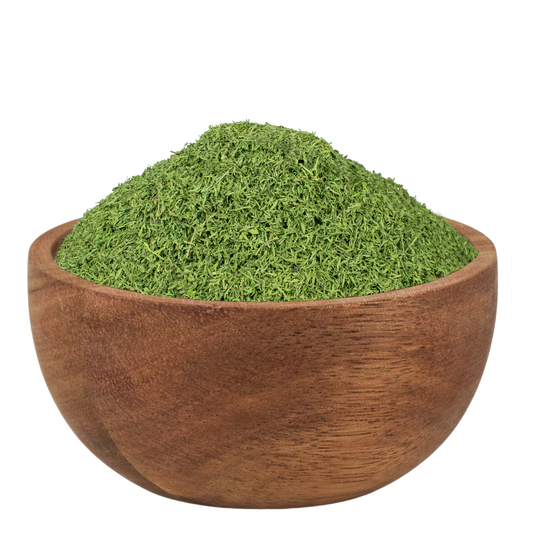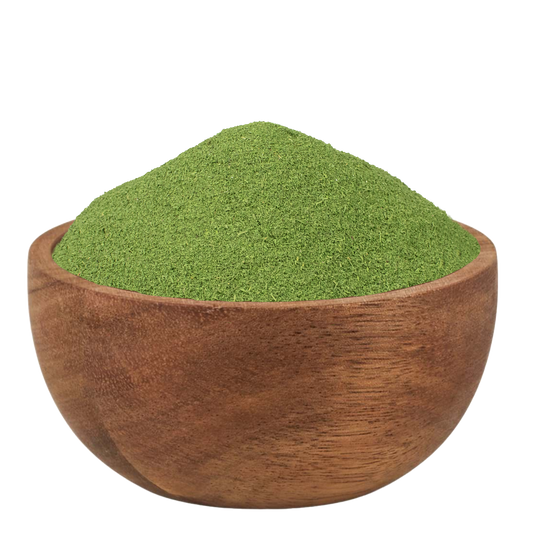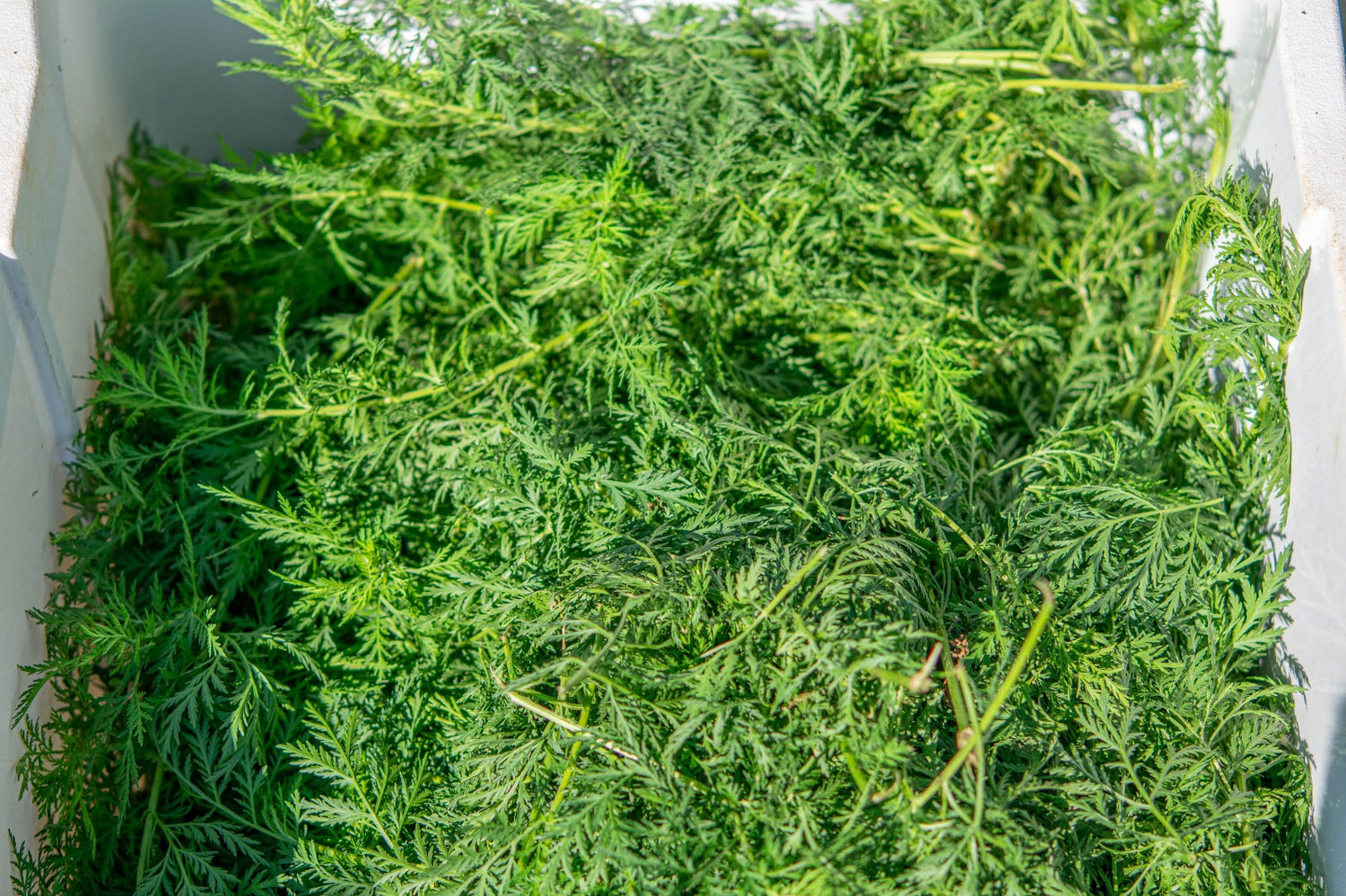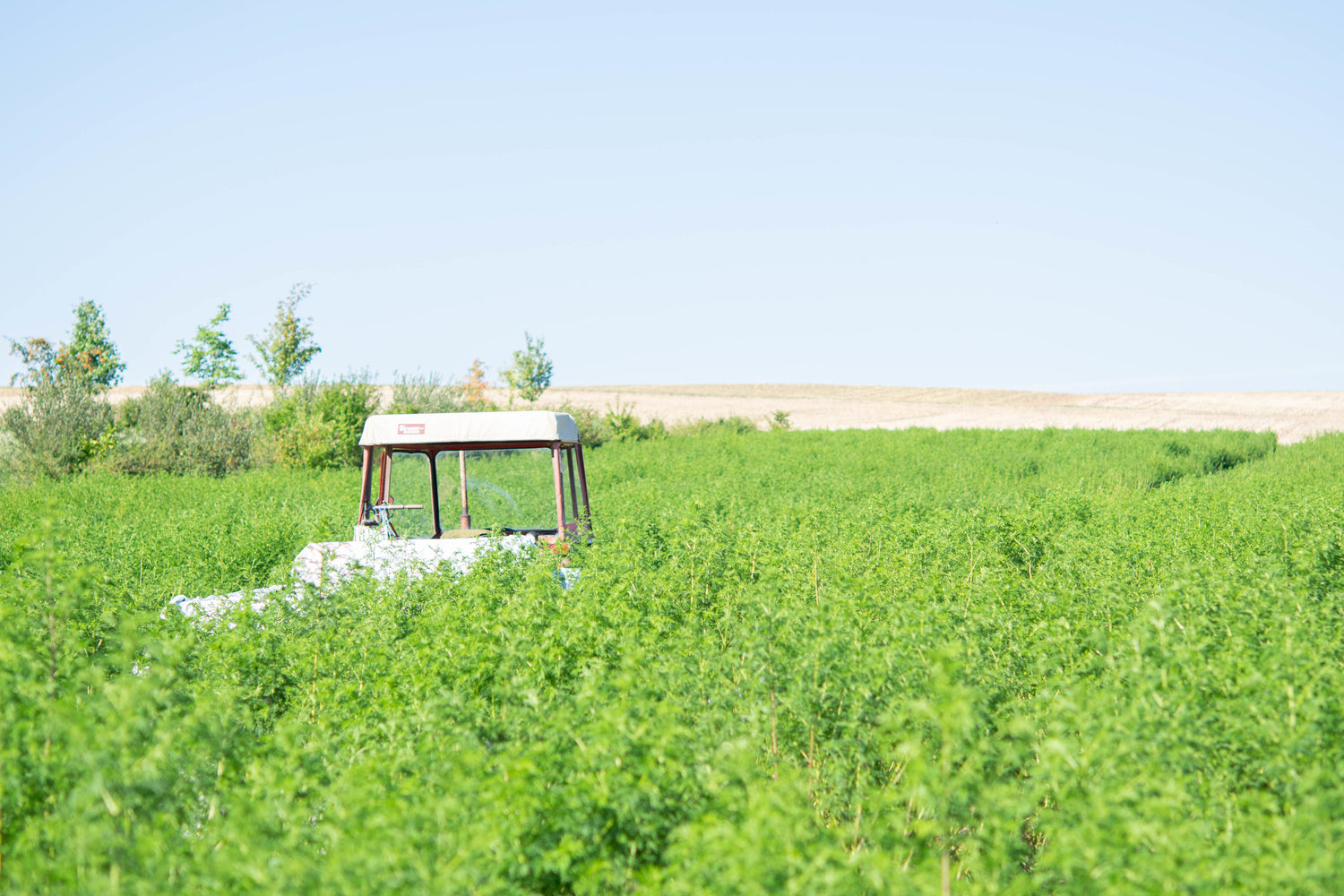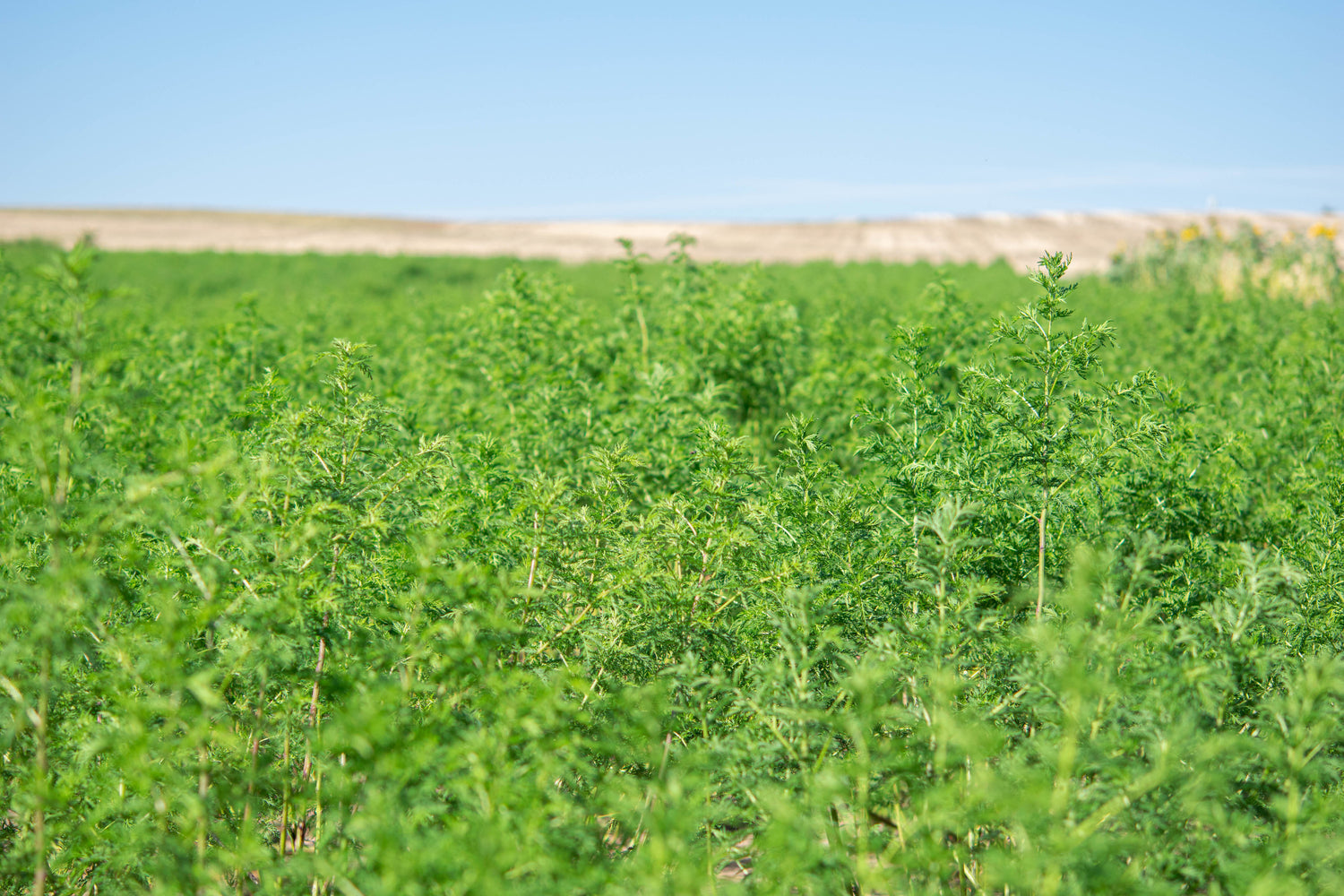Artemisia Annua kaufen - Qualität garantiert!
Our Artemisia Annua
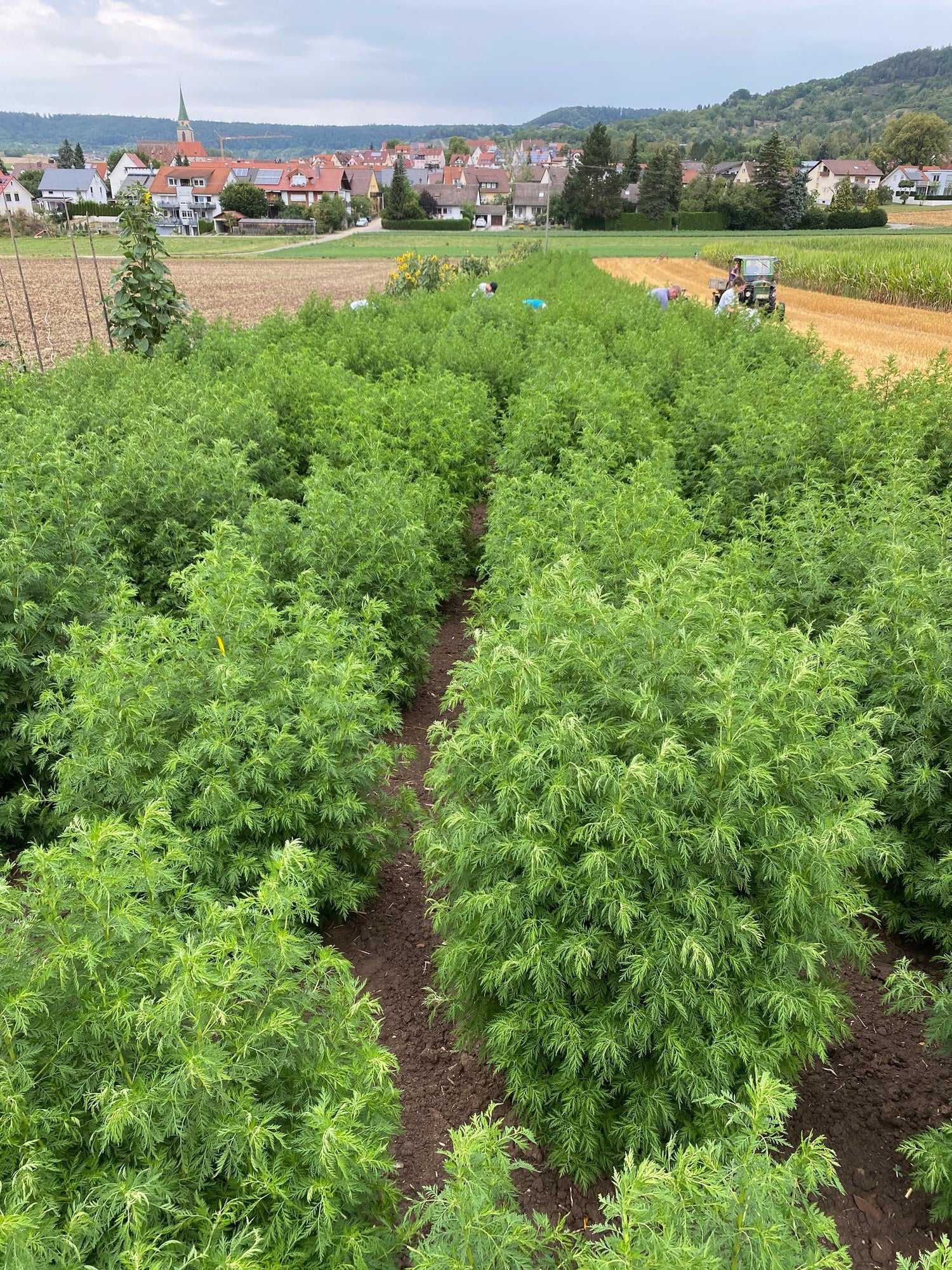
Cultivation and harvest
Unsere Artemisia annua Produkte zeichnen sich durch höchste Qualität und Reinheit aus. Die Pflanzen werden sorgfältig ausgewählt und unter optimalen Bedingungen angebaut. Dies gewährleistet, dass alle wertvollen Inhaltsstoffe in ihrer besten Form erhalten bleiben. Unsere Produkte bieten eine hohe Bioverfügbarkeit, was ihre Wirksamkeit und Qualität zusätzlich unterstreicht.
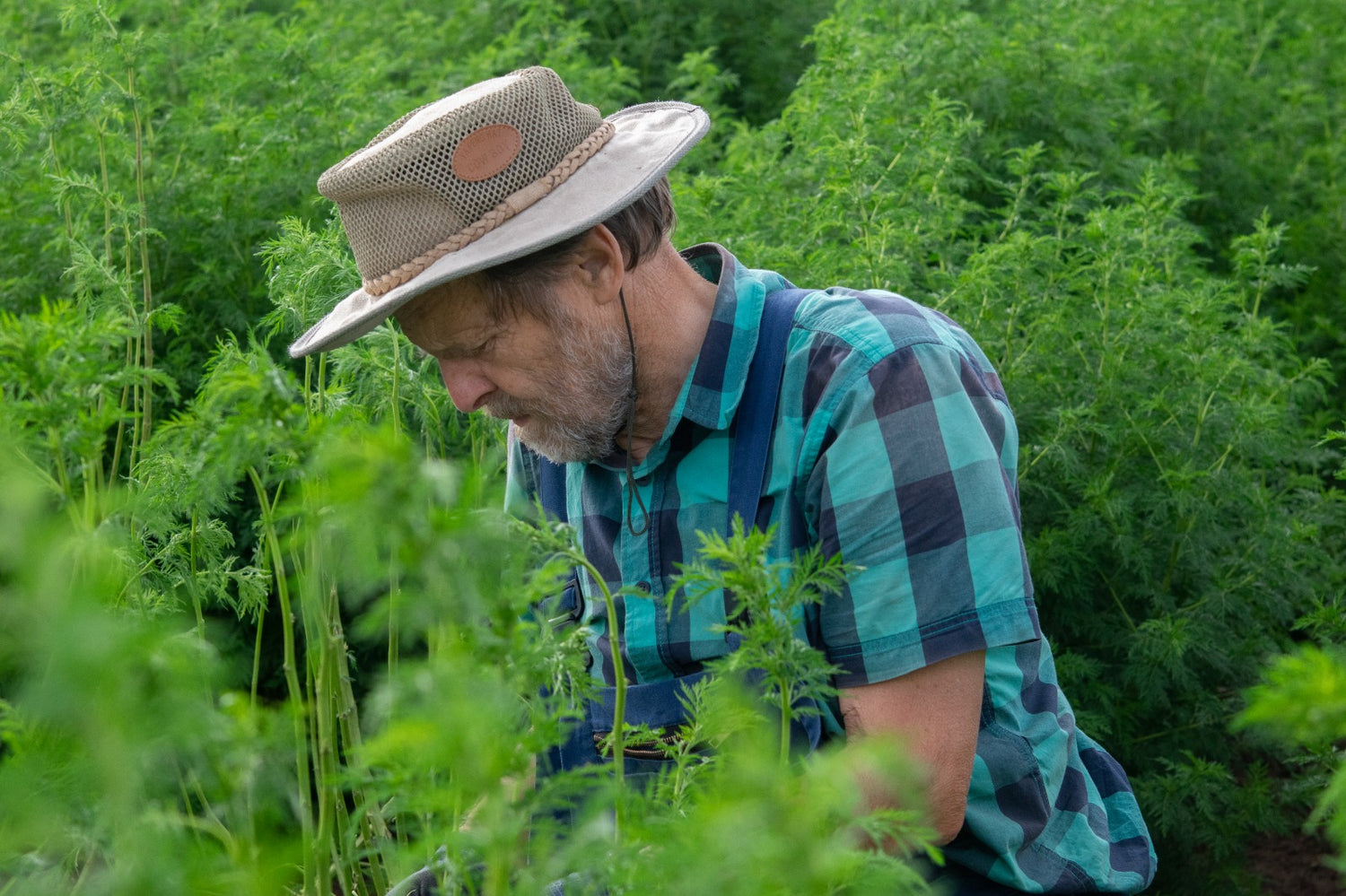
Our Artemisia annua:
We supply you with top quality Artemisia annua fresh from the harvest - just from the leaves, carefully harvested by hand, gently dried and grown on our own fields in Baden-Württemberg.
In the picture: Senior farmer Walter picking Artemisia.
What we stand for:
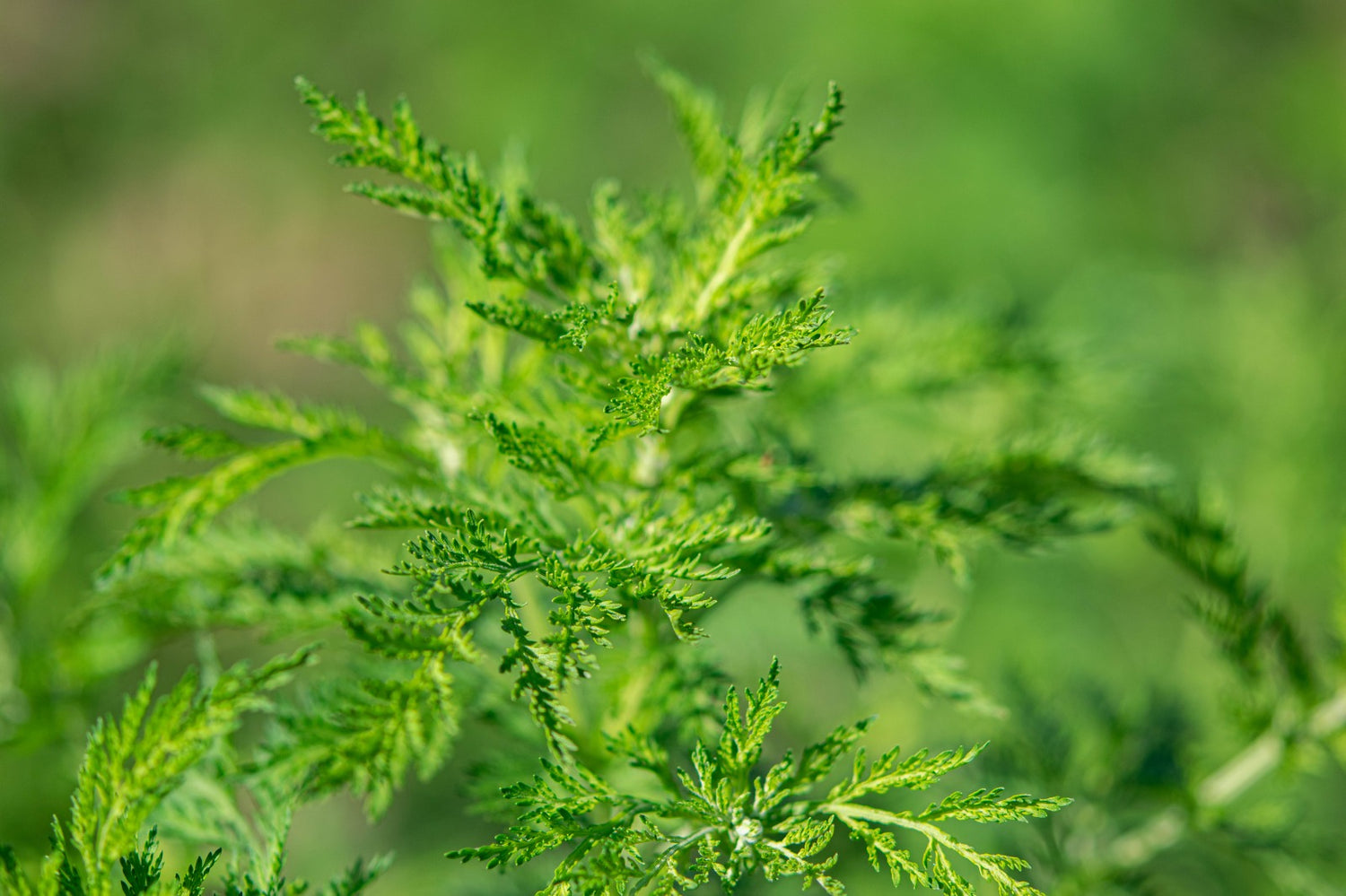
Own cultivation
Handpicked
Gentle drying
Special breeding / seeds
Our annual mugwort is grown from hybrid seeds, i.e. seeds obtained from crosses. This means that the parent plants are self-pollinated over several generations until the specifically desired properties of the medicinal plant have been worked out. The parent line is bred to perfection.
High quality products
-
HIGH QUALITY
We stand for top quality. Our specially cultivated Artemisia Annua breeding is exceptional in Germany. -
FAST SHIPPING
We ship from Germany. Your order will therefore reach you within a few working days.
Facts, questions and answers
Artemisia annua: origin and properties
The medicinal plant, which has its origins in Asia, has been used in traditional Chinese medicine (tcm) for 2000 years and is now also used in Central and Southern Europe, among other places.
The annual mugwort can grow up to 200 cm high. Its leaves are about 3 to 5 cm long and lush green even when young. The plants exude a fragrant, long-lasting, aromatic scent.
What made Artemisia annua famous?
She succeeded in isolating the plant substance artemisinin, which is used to treat malaria, from the annual mugwort. Artemisinin is an important component of the most effective drugs against malaria.
In addition to malaria research, there have been various studies in recent years that have examined the annual mugwort for its effect, e.g. against Sars Cov 2/Covid 19, parasites, fever, viruses, various infections and the ability to eliminate free radicals. The studies are, however, controversial in their validity, much debated and not officially recognised.
Translated with www.DeepL.com/Translator (free version)
What makes Artemisia annua special?
We sell Artemisia annua exclusively as a herbal raw material without a specific purpose.
What ingredients are contained in Artemisia annua?
Altogether, the plant contains over 245 active substances, including menthol, flavonoids, thymol, coumarin, minerals, zinc as well as some essential oils and bitter substances.
What should you look for when buying Artemisia annua?
During harvesting, we take special care to ensure that no brown/yellow leaves and stems of the plant or soil get into the end product by harvesting exclusively by hand.
Through several quality controls, we can guarantee a high and clean product quality.
Plant Artemisia annua yourself: Cultivation and care
The young plant needs regular watering. Only when the plant is about 10-20 cm high and a larger root system has formed, can regular watering of the mugwort be discontinued.
It is not advisable to sow the seeds in October, as they are usually mixed with the ineffective seeds of the fast-flowering wild form. This significantly reduces the quality of the plant leaves.
Further information on cultivation and harvesting can be found here.
When is Artemisia annua harvested?
How is Artemisia annua harvested?
Is Artemisia annua perennial?
Ist Artemisia annua winterhart?
Therefore, Artemisia annua should be resown and replanted year after year.
What is the difference between Artemisia annua and "common" mugwort?
Einjährige Beifuß in der Küche?
Der Einjährige Beifuß, auch bekannt als Artemisia annua, findet nicht nur in der Medizin, sondern auch in manchen Küchen Verwendung. Die Blätter der Pflanze haben einen charakteristisch bitteren Geschmack und werden dort als Gewürz in verschiedenen Gerichten verwendet. Man sagt, sie eignen sich hervorragend zur Verfeinerung von Salaten, Suppen und Eintöpfen. Zudem kann aus den Blättern ein wohltuender Tee zubereitet werden, der die Verdauung fördert und den Appetit anregt. Der Einjährige Beifuß ist somit nicht nur eine Heilpflanze, sondern in einigen Ländern auch eine kulinarische Bereicherung.
Wir verkaufen Artemisia ausschließlich als pflanzlichen Rohstoff, ohne Zweckbestimmung, da die Pflanze in Deutschland nicht als Lebens,- oder Heilmittel zugelassen ist.
Does Artemisia annua help against COVID-19?
Due to the legal situation in Germany, we sell Artemisia annua exclusively as a herbal raw material, without a specific purpose.
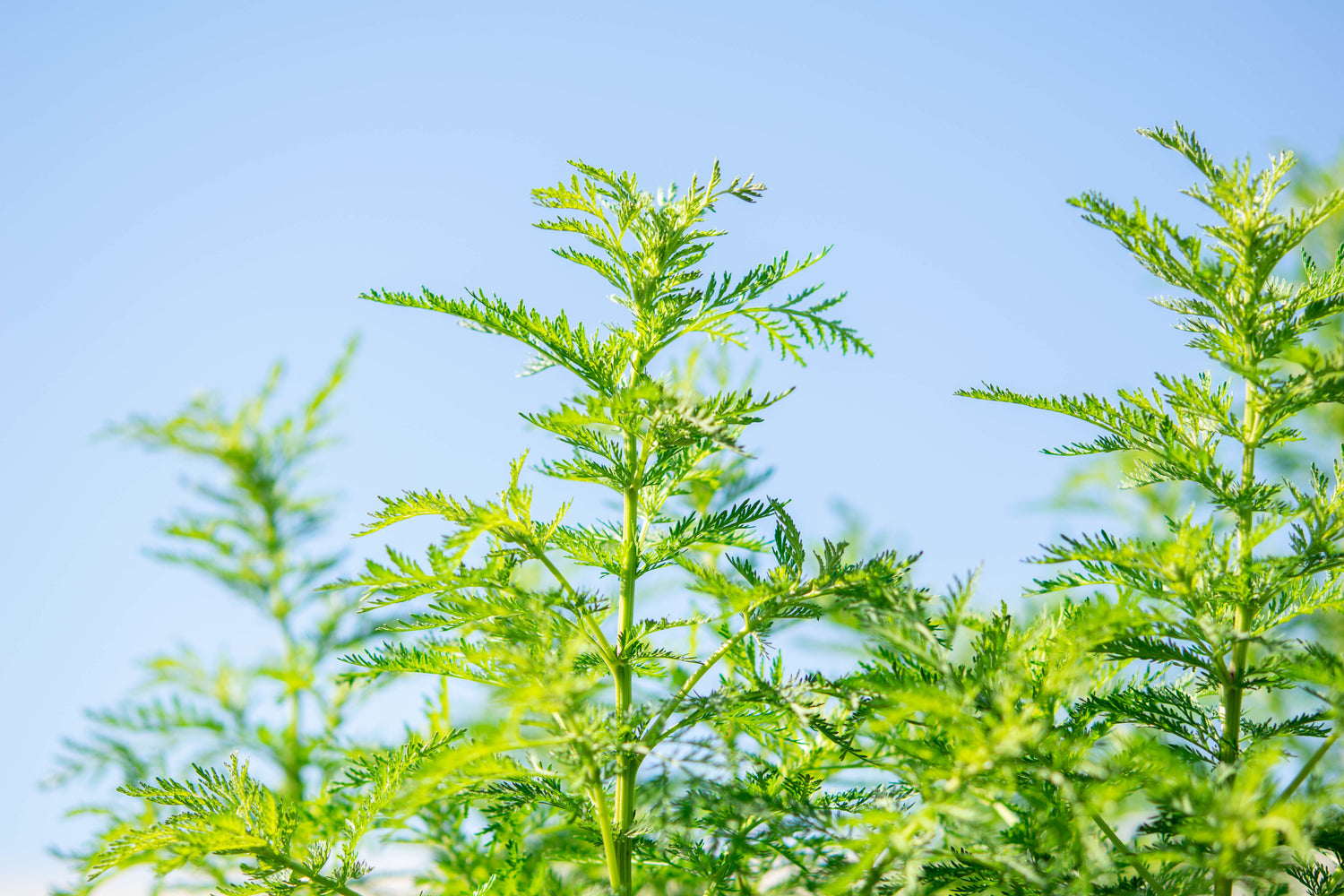
The history of Artemisia annua
We take you into the history of the annual mugwort.
The annual mugwort has many names and designations. Qing Hao, Sweet Sagewort, Sweet Wormwood, Ajenjo dulce, Sweet Wormwood or Artemisia annua. The latter is also the botanical name of the plant. Artemisia stands for mugwort, annua is Latin and means annual.
The plant originates from Asia. It needs a lot of sun and light and above all does not tolerate temperatures below zero. That is why it has only been found in China, Vietnam and northern India since the beginning of history. The related perennial mugwort, on the other hand, has been growing in Europe for centuries. Even the Romans and Greeks reported on the miraculous healing properties of mugwort.
The importance of the plant in various cultures and religions can be seen in the names given to the medicinal herb among these peoples. The Greeks gave mugwort the name of Artemis, the Greek goddess of hunting and the forest. The Persians named it after their beloved queen Artemisia. In ancient Rome, the plant's products were known as "Diana's herb". Named after the goddess Diana (goddess of the protector of nature). The Romans used mugwort in many ways and treated various women's ailments with it, such as menstrual cramps. Another legend claims that mugwort was grown along Roman roads so that legionaries could put it in their shoes to treat aching feet. The German ancestors, the Celts and Germanic tribes also used Artemisia to strengthen their organism. They gave the medicinal plant the name "Mugwurz" (Celtic for "to strengthen", "to warm"), as it was highly recognised for strength and protection. The ancient Egyptians, in turn, used mugwort as a ritual plant during processions, as the herb of the goddess Isis.
For a long time, the plant was considered lost until the First World War, when isolated hospitals used Artemisia to suppress the spread of disease.
During the Vietnam War, the annual mugwort Artemisia annua became known again to a greater extent in our circles. During this time, countless soldiers fell ill and died of malaria, which is why science was forced to find an antidote against the disease, which could not be contained. A little later, one of the most potent substances, artemisinin, was identified and isolated from the plant Artemisia annua.
- Choosing a selection results in a full page refresh.
- Opens in a new window.

